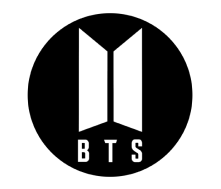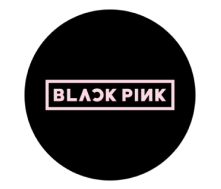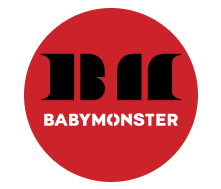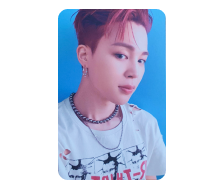K-pop has become a global cultural force that transcends language and borders. But what exactly is K-pop? Why are millions of fans around the world drawn to it? Here is a quick exploration of its origins, evolution, and global impact of K-pop — and what makes it such a unique part of modern pop culture.
What is K-POP?
K-pop stands for Korean pop music, a vibrant and dynamic form of popular music that originated in South Korea. It blends various genres — pop, hip-hop, R&B, EDM, and more — into highly polished songs performed by idol groups known for their catchy melodies, synchronized dance routines, and striking visuals.
But K-pop isn’t just music.
It’s a complete cultural experience combining fashion, choreography, storytelling, and fandom. Artists (called “idols”) are often trained for years in singing, dancing, and performance before debuting.
The History of K-POP
K-pop began in the early 1990s, when artists like Seo Taiji and Boys broke away from traditional Korean music by mixing hip-hop, pop, and dance elements. Their bold experimentation inspired a new generation of performers and led major entertainment companies such as SM Entertainment, YG Entertainment, and JYP Entertainment to create the modern idol training system — a structured process where young trainees spent years perfecting singing, dancing, and performance skills before debuting. This system became the foundation of the K-pop industry, producing polished artists who could compete on a global stage.
With the rise of social media and YouTube, K-pop quickly spread beyond Korea’s borders. The viral success of PSY’s “Gangnam Style” in 2012 brought worldwide attention, followed by international breakthroughs from groups like BIGBANG, EXO, BTS, and BLACKPINK. Their global tours, chart-topping hits, and collaborations with Western artists turned K-pop into a worldwide cultural phenomenon, representing not just music but a modern expression of creativity, teamwork, and global connection.
Please also refer to our blog post: Exploring the Evolution of K-pop Idol Groups
Why is K-POP So Popular Worldwide?
K-pop’s success isn’t an accident — it’s the result of creativity, discipline, and connection.
- High-quality performances: Every move, note, and camera angle is perfected.
- Global accessibility: Many groups release songs in multiple languages and post behind-the-scenes content online.
- Social media power: Fans connect directly with idols on platforms like TikTok, Instagram, and Weverse.
- Emotional storytelling: K-pop lyrics often explore dreams, youth, love, and mental health — topics that resonate deeply worldwide.
K-pop offers something more than entertainment: a sense of belonging and shared enthusiasm among fans around the globe.
The Global Impact of K-POP
K-pop has reshaped how the world views Korean culture. It’s part of the broader “Hallyu” (Korean Wave) — the global spread of Korean culture through music, film, and fashion.
- Music industry influence: Western artists now collaborate with K-pop stars (e.g., BTS × Coldplay, BLACKPINK × Lady Gaga).
- Fashion and beauty trends: K-pop idols often inspire hairstyles, makeup, and streetwear around the world.
- Tourism and economy: Fans travel to Seoul to visit K-pop landmarks and buy official merchandise.
- Academic interest: Universities now teach courses about K-pop and its social significance.
K-pop has evolved into a global cultural movement — not just a music genre.
The K-POP Fandom Culture
One of the most fascinating aspects of K-pop is its fandom culture — organized, creative, and passionate.
- Fandom names: Every group has one — BTS’s “ARMY,” BLACKPINK’s “BLINKs,” Stray Kids’ “STAYs.”
- Fan projects: Fans stream songs, vote in award shows, and even donate to charities in their idols’ names.
- Online community: Fans use social media to share memes, theories, and fan art.
- Concert culture: Lightsticks (official glowing devices) create beautiful waves of color at shows, symbolizing unity.
K-pop fandoms aren’t passive — they’re active participants who help spread music and build global communities.
K-POP Glossary
Here are some common K-pop terms you’ll often see online:
- Idol
- A performer trained in singing, dancing, and media appearances.
- Bias
- Your favorite member in a group.
- Bias wrecker
- A member who makes you question your favorite!
- Maknae
- The youngest member of a group.
- Comeback
- A new song or album release (not a “return” — K-pop artists have frequent comebacks).
- Trainee
- A pre-debut artist in training.
- Daesang
- The highest award given at Korean music ceremonies.
- Aegyo
- Cute gestures or behavior, often used in fan interactions.

















































